- Home
- Succulents
- Aeonium
- Aeonium arboreum
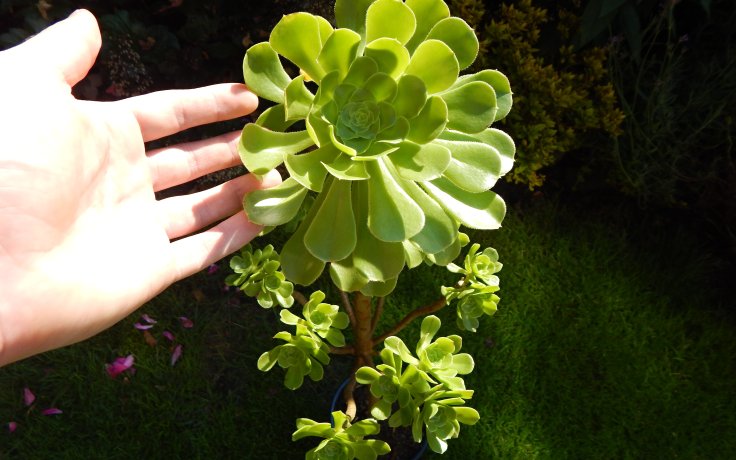
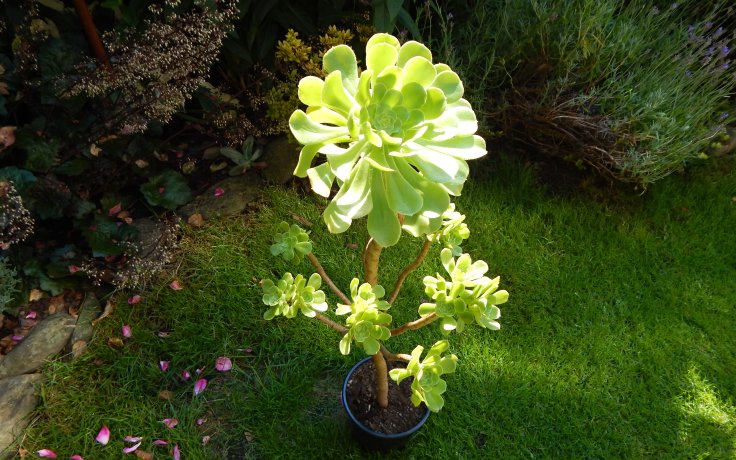
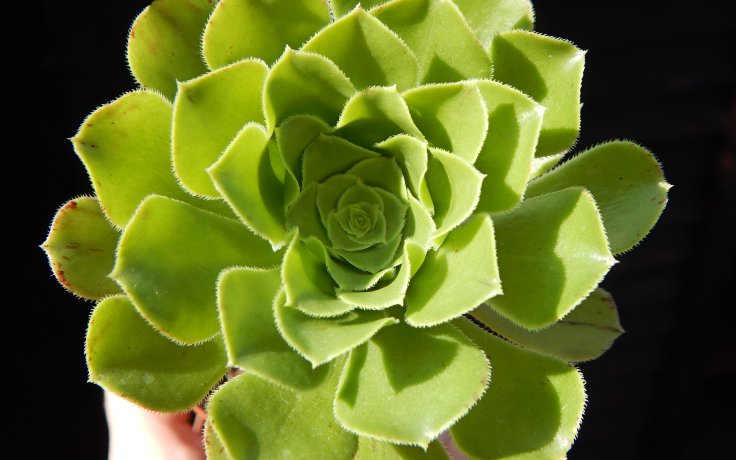
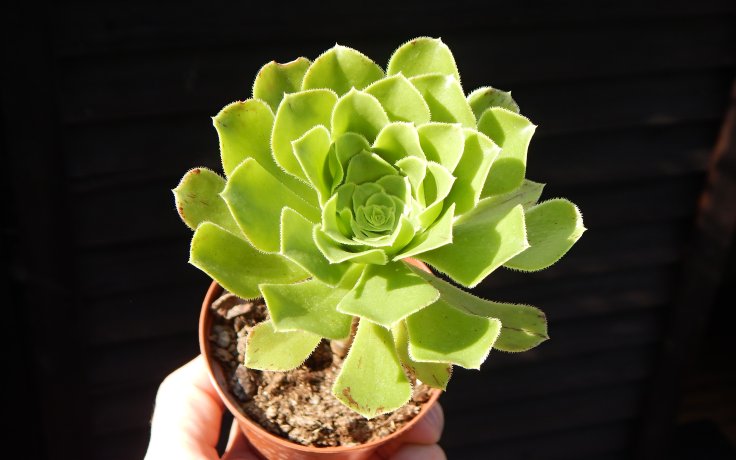
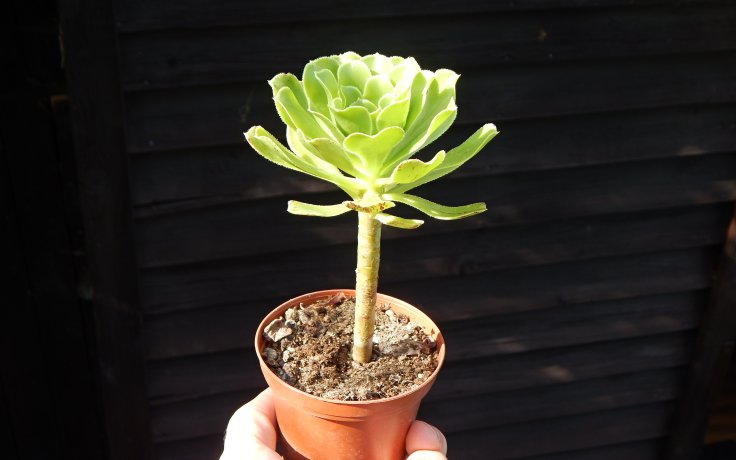
Aeonium arboreum
Place in a sunny position.
Always water a few days after the substrate has dried out. Reduce watering in winter.
Can tolerate -3.9 °C in the short term. However, the plant is not hardy.
The word arboreum means tree. It refers to the growth of a succulent that can grow up to 2 m in size. In our country, however, it normally reaches rather smaller sizes.
Aeonium arboreum is also called Tree Aeonium, or Aeonium arboreum subsp. arboreum. The epithet arboreum translates to tree and refers to the way the plant grows. It forms a small stalked succulent with a bare stem. It is an endemic of the Canary Islands from Gran Canaria. It grows here in sunny and sheltered habitats in weathered volcanic soil. Common at altitudes between 200 and 1 200 m above sea level.
The fleshy green leaves have fine curved cilia on their edges. The glossy leaves are spoon-shaped and grow up to 15 cm long on mature plants. The bare cotyledon bears rosettes up to 30 cm in diameter with a flattened centre and leaves densely crowded together. The upright stems eventually grow up to 4 cm in diameter and form a tree that can reach up to 2 m in the wild. In our conditions, however, it commonly grows to smaller sizes.
Towards the end of winter or early spring, stems up to 20 cm long appear. Clusters of small, bright yellow flowers bloom on these. After flowering, the individual rosettes slowly die back and are replaced by others. In our conditions, younger plants rarely flower, it is more a feature of more mature specimens.
During the summer dormancy, the rosettes lose their volume and regain it with the arrival of cooler periods. This is a fairly large Aeonium which is best grown as a solitary plant. It can be lightly fertilized and likes to be transplanted into larger pots. It is one of our most popular plants and an absolute classic not to be missed in any succulent collection.